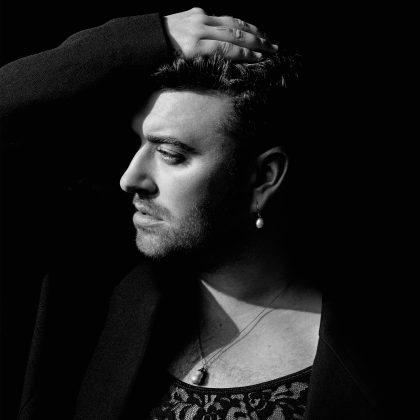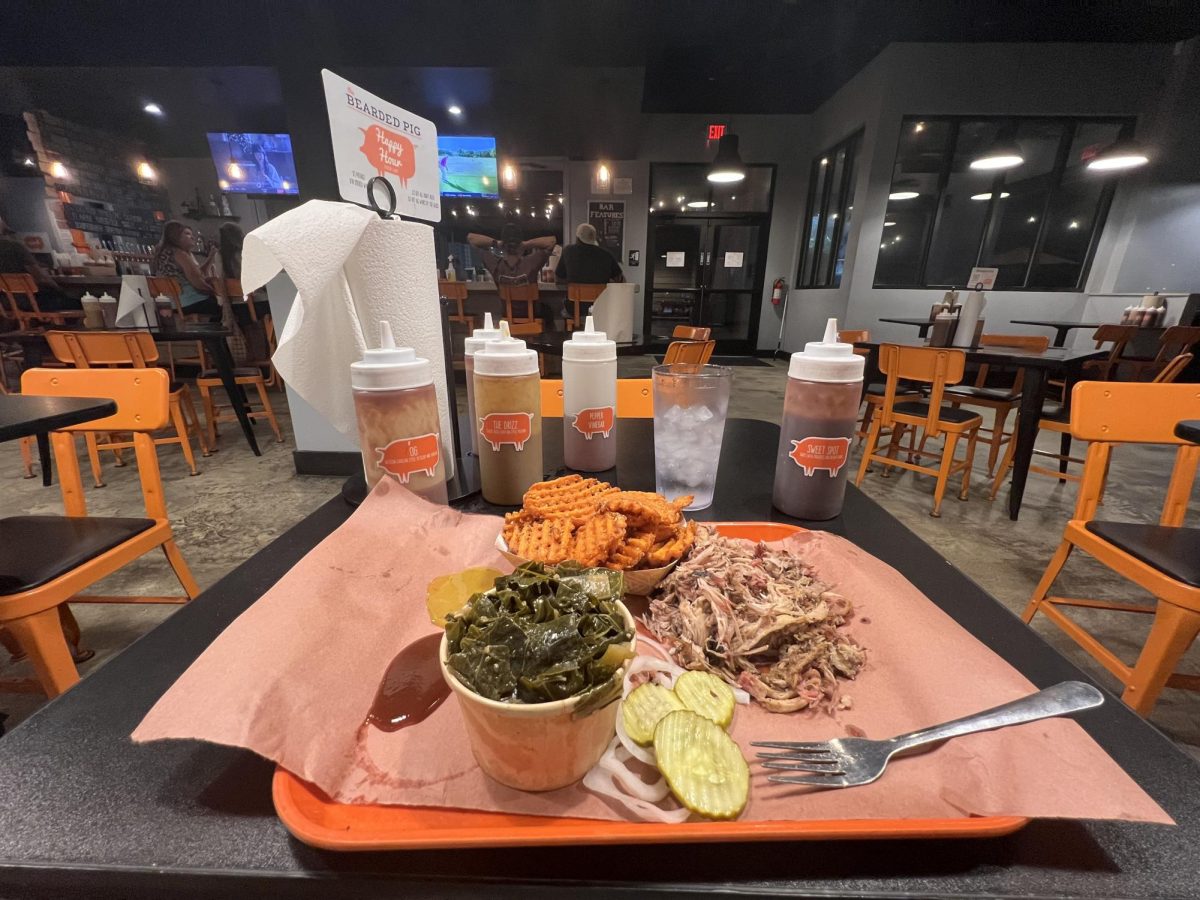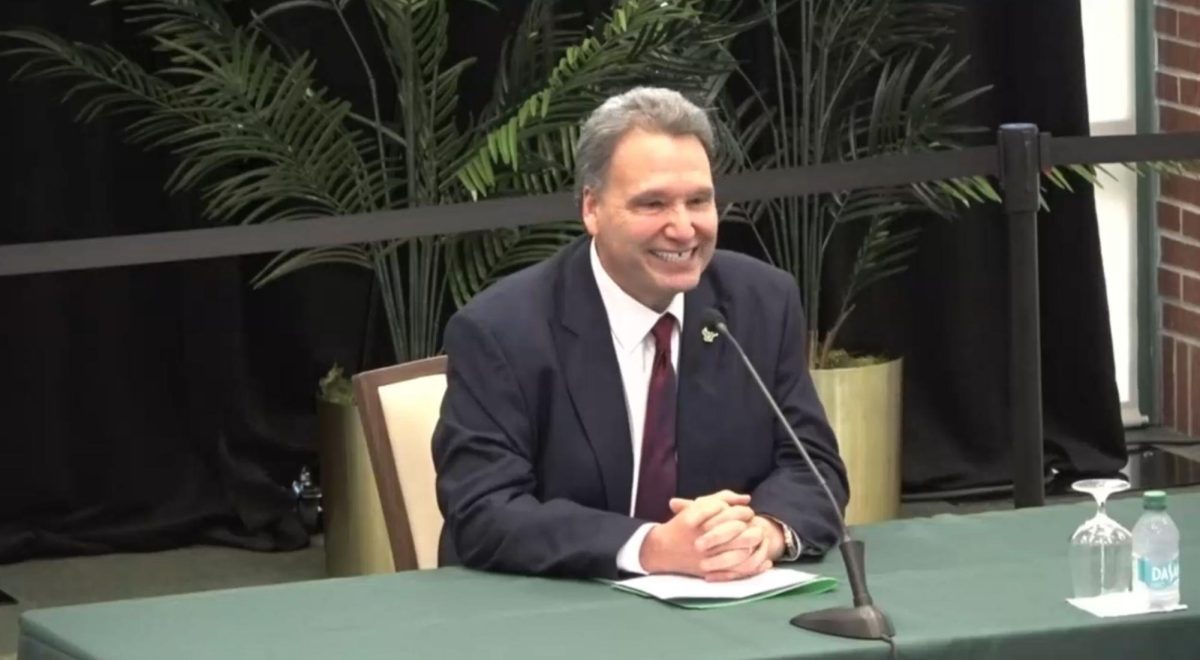[Eds Note: This article has been published in partnership with Spinnaker Radio to feature LGBTQ+ music artists and celebrate Pride Month.]
Academy Award and Grammy Award winning artist Sam Smith grew a passion for music at a young age. Although Smith’s parents were non-musicians, their mother a stock banker and their father a truck driver, they were encouraged to pursue their passion for singing.
Born in England, Smith was a part of numerous musical groups including a jazz band, Cantate Youth Choir, and an operatic group at Bishop’s Stortford Musical Theatre Company (BSMTC).
Attention was first attracted to Smith because of their first two collaborations with the artists Disclosure and Naughty Boy. Smith worked with Disclosure on the song Latch, released in 2012, and with Naughty Boy on the song La La La, released in 2013. Latch peaked at number 11 on the UK Singles Chart.

Smith’s debut album In the Lonely Hour was extremely successful, becoming the British’s second best-selling album in 2014. The track Stay with Me became the album’s biggest hit, winning both Record of the Year and Song of the Year at the 57th Annual Grammy Awards. Two more Grammys were awarded to the singer including Best New Artist and Best Pop Vocal Album for their debut album.
In November 2017, Smith released their second album The Thrill of it All. The record includes songs Too Good at Goodbyes, Pray, and One Last Song. Also on the album is a solicitation for acceptance for their attraction to men in the track Him.
Shortly after the release of In the Lonely Hour, Smith officially came out as gay in May 2014. Many of the songs in the album are craving love from a straight man but Smith wanted to ensure people of all sexualities could relate to their music.
“…I am not Sam Smith, the gay singer. I am Sam Smith, the singer who happens to be gay. I preach all the time about being myself and being comfortable with myself, but if I’m being honest, I struggle every day,” Smith said in an interview with Amy Wallace.
Jameela Jamil conducted an interview with Smith in 2019 in which Smith revealed that they are non-binary.
“I’m not male or female, I think I flow somewhere in between. It’s all on the spectrum,” said Smith in the interview.
On an Instagram post, Smith explained that their intention was to be, “visible and open,” with their fans as they came out as non-binary.
A celebration of self-love is borne by Smith’s most recent single Love Me More. Smith sings about how although their negative self-image has hurt them in the past, it has aided them in self-acceptance.

“I used to cry myself to sleep at night. I’d blame the sky when the mess was in my mind… So I sat with sorrow and eventually, it set me free,” Smith wrote in the second verse.
A single vocal melody line and a chord progression played by a synth keyboard introduces Love Me More. Each phrase of Smith’s vocal line lingers with delay while the chord progression is subtle with lack of attack. The distant chord progression is not the focal point of the song’s introduction as Smith sings the hook. Because of the focus on the vocals, the lyrics are easily understood, and Smith’s message is clear.
Bass guitar, kick drum, hi-hat, and snare drum break into the first verse. Transitioning from the mellow introduction to the percussive groove immediately uplifts the song’s energy. Echoed and distorted background (BG) vocals interrupt the lines in the verse. Each echo gradually gets quieter along with a BG melodic hum.
Gradually building the instrumental section, electric guitar is added into the chorus. Even only with its periodic, quick strum of a chord, the guitar adds a bright and tangy tone. Monophonic BG vocals add texture to the chorus melody listeners heard in the introduction. Another vocal line of greater prominence embellishes the melody. The first chorus ends with the BG vocals coming together in a hum to allow the melody vocal to transition to the post-chorus; the post-chorus chants the heart of the song, singing, “love me more.”
Electric guitar is absent in the second verse. New BG vocals of legato hums gracefully move from chord to chord . The short and distorted BG vocal from the first verse again echoes between phrases. Gospel-choir-like BG vocals join Smith on the melody for a moment until the groove of the chorus follows.
Throughout the last chorus, Smith plays with new vocal embellishments over the melody and familiar instruments.
Gospel choir belts rejoice in the last post-chorus. After four bars of the choir singing in unison, harmonious vocals as well as octaves, are added.
An amalgamation of the choir, hums, and dominant vocal ad libs bring closure to the anthem. Smith ends the song with an acapella line, milked with reverb.
Sam Smith’s music can be found on Spotify, YouTube, and Apple Music.
__
For more information or news tips, or if you see an error in this story or have any compliments or concerns, contact editor@unfspinnaker.com.















